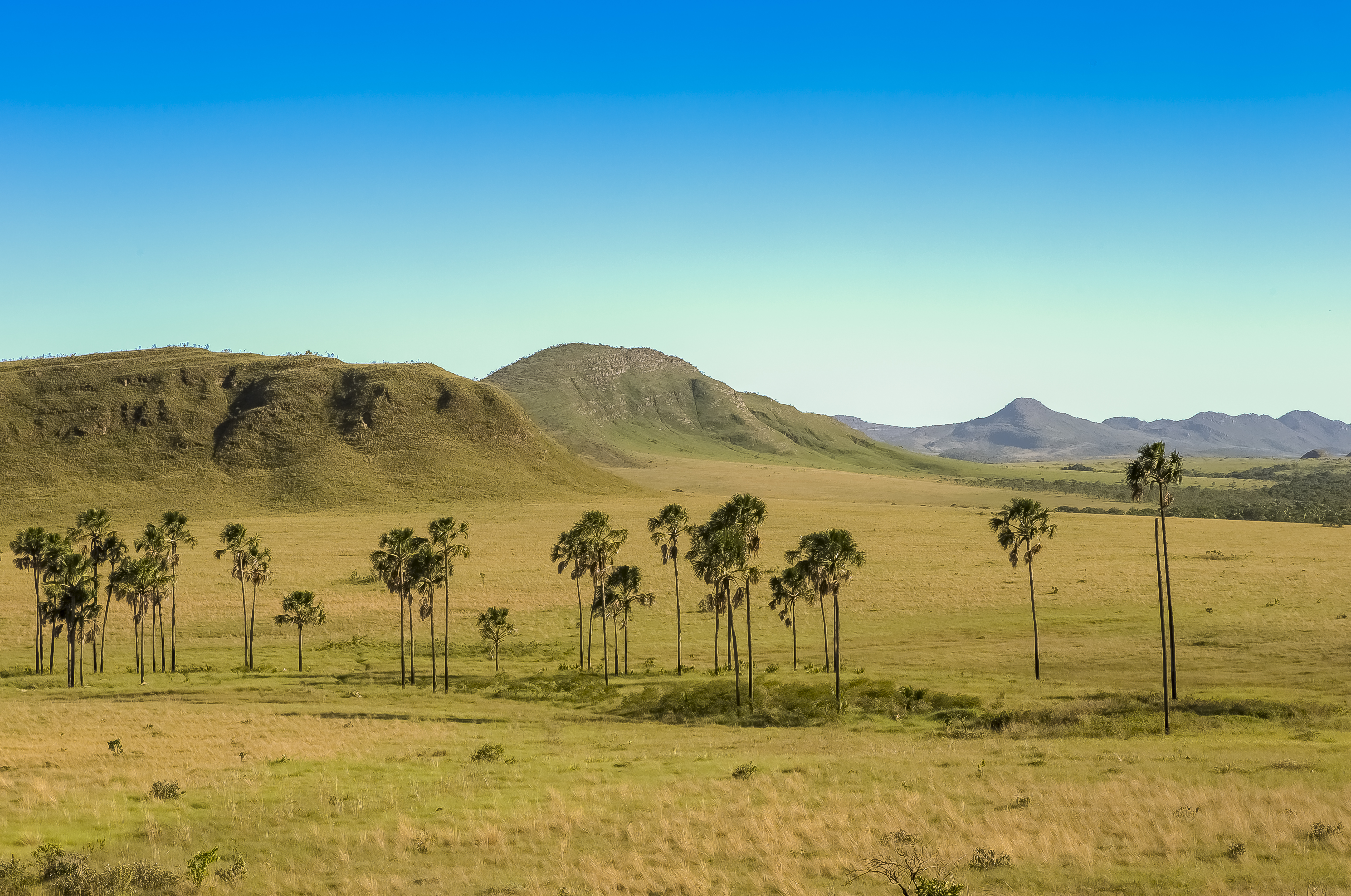|
Formosa, Goiás
Formosa is a municipality located in the state of Goiás, Brazil, approximately 80 kilometers northeast of Brasília. The population was 123,684 (estimation 2020) in a total area of 5,813.637 km2. Formosa is known for its waterfalls and natural environment. It is a large producer of cattle and grains and is one of the fastest-growing cities in the state. History Arraial dos Couros was the first name of Formosa, which was founded in the second half of the eighteenth century on an uncertain date. For lack of documentation the early history is fragmented and historians can only speculate about the real facts. What is known is that problems connected to the area of health were the motive for the transfer of the old settlement which was founded and built by black slaves, located on the banks of the Itiquira River and the Paranã in the tropical Paranã valley. At the time a devastating fever swept the place, probably caused by the unhealthy climate of the river location, ... [...More Info...] [...Related Items...] OR: [Wikipedia] [Google] [Baidu] |
Goiás
Goiás () is a Brazilian state located in the Center-West region. Goiás borders the Federal District and the states of (from north clockwise) Tocantins, Bahia, Minas Gerais, Mato Grosso do Sul and Mato Grosso. The state capital is Goiânia. With 7.2 million inhabitants, Goiás is the most populous state in the Center-West and the 11th most populous in the country. It has the ninth largest economy among Brazilian federative units. In Brazil's geoeconomic division, Goiás belongs to the Centro-Sul (Center-South), being the northernmost state of the southern portion of Brazil. The state has 3.3% of the Brazilian population and is responsible for 2.7% of the Brazilian GDP. The history of Goiás dates back to the beginning of the 18th century, with the arrival of pioneers from São Paulo. The Rio Vermelho region was the first to be occupied, where Vila Boa (later renamed Goiás) was founded. The development and settlement of the state took place, in a more intensified way, st ... [...More Info...] [...Related Items...] OR: [Wikipedia] [Google] [Baidu] |

